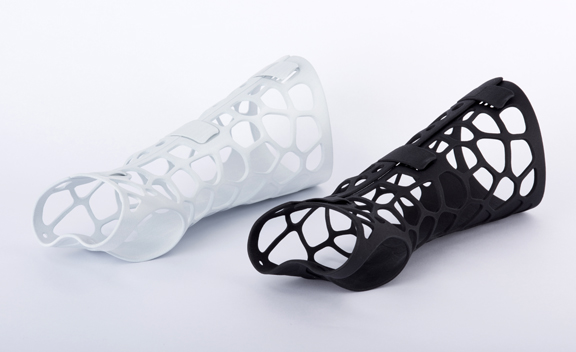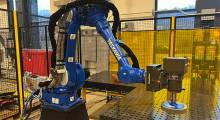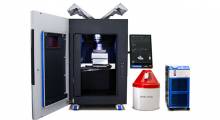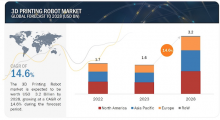Additive manufacturing (AM)—especially the latest metal-based 3D printing hardware—offers the ability to produce lattice-filled parts, asymmetrical shapes, and organic geometry for end-use parts. But without suitable CAD and FEA software for AM, designers may not be able to take full advantage of cutting-edge AM.
In DE‘s upcoming LIVE Roundtable, panelists discuss:
- Software developed specifically for AM
- CAD and FEA community’s efforts to support 3D printing
- The need to revise old design methods and technologies to keep up with AM
Time: 2:00 pm ET/ 11:00 am PT
ADDITIVE MANUFACTURING PANELISTS
Dr. Andreas Vlahinos, Principal, Advanced Engineering Solutions
Dr. Andreas Vlahinos received his Ph.D. in Engineering Science and Mechanics from Georgia Institute of Technology. He has been a professor of structural engineering at the University of Colorado, teaching courses in Structural Mechanics and in Computer Aided Structural Engineering. His background is in rapid product development through the implementation of Design For Six Sigma (DFSS) and Computer Aided Concurrent Engineering. He has worked with NASA, DOE, IBM, Coors, Lockheed Martin, Ford Motor Company, Rockwell Collins, and more.
Christopher Saldana, Assist. Prof., George W. Woodruff School of Mechanical Engineering, Georgia Tech; ASME Member
Dr. Christopher Saldana’s research is focused on developing material/microstructure qualification and process design tools for hybrid additive/subtractive manufacturing methods. His research has been supported both by industry and government agencies (e.g., DOE, DMDII, NIST, ARO, NSF, DARPA, ARL, etc.). He earned his graduate and undergraduate degrees from Purdue and Virginia Tech, respectively, and has been recognized with several awards, including an NSF CAREER award, the Robert J. Hocken SME Outstanding Young Manufacturing Engineer award and an R&D100 Technology Award. He is a member of The American Society of Mechanical Engineers (ASME)
About the Author
Follow Robotics 24/7 on Linkedin
Article topics
Email Sign Up



















